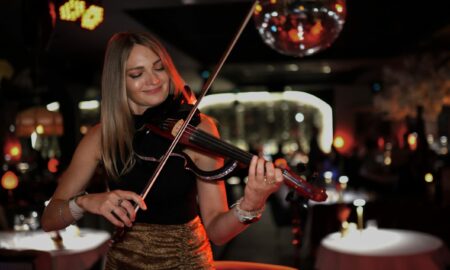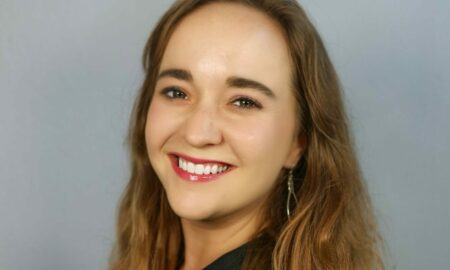
Today we’d like to introduce you to Elizabeth Carababas.
Hi Elizabeth, please kick things off for us with an introduction to yourself and your story.
I can see in hindsight that the afternoons spend rummaging through Architectural Digest with my mother as a young child subconsciously informed my creative path. I lived in a household with a highly creative mother whose field was interior design and a diligent father who worked in the automotive industry of Detroit, so already my starting point was formed in a culture that supported my creative impulses. After all, they didn’t discourage me when I wanted to move to Georgia to study Production Design at the Savannah College of Art and Design. From there I actually found photography to be more interesting and then began to pursue it seriously. Focusing my eye towards architecture felt the most intuitive. It was already an emotional language that I have had since childhood. So when I graduated, it was no question what field I would be beginning with. However, I had my detour. I worked as a gallerist at ROSEGALLERY because I loved their roster of artists and from there, I met a private collector and began working for him as a curator at The Wilson Centre for Photography. It’s not a detour I like to describe as a distraction or something that took the passion for making my own work away. I found that working around the world’s most iconic photographs heightened my visual eye and gave me a deeper respect for the craft outside of just working commercially. I consider that period of my life to be a gift.
Would you say it’s been a smooth road, and if not what are some of the biggest challenges you’ve faced along the way?
Working in a creative field is never smooth or linear. I think at first, I struggled under pressure because I couldn’t quite visualize what my ideal future was. I didn’t know exactly what I was working towards. And once you begin to live on your own and make decisions for yourself, survival mode can sour the freedom of just creating something for creative sake. That is exactly why I worked in the gallery sector because I wasn’t 100% confident that I could make it as a photographer. But I knew I wanted to be around it. Deep down I knew I would make it happen someday, I just needed to scratch that itch with my other interests. It has helped me understand that my strength is that I bring multiple viewpoints to my work because of my diverse life experiences and that I don’t necessarily focus on one industry. I write I curate, I photograph, I strategize, I design and I bring people together. But I constantly have to fight to make a case as to why someone should believe in me and my vision as much as I do. It’s the pathway of being a polymath–basically a roller coaster you never get off of.
Alright, so let’s switch gears a bit and talk business. What should we know about your work?
I am a photographer and writer who loves the world’s ugliest buildings. I focus heavily on architectural styles, eras and architects that I like and I create bodies of work around them. I can spend years on a single project. Researching, revisiting, photographing over and over, and then I spend the time to write about them in whatever way feels fitting. Maybe I make a playlist. Or a short Zine. But all of my work is centered around the experience of space. That is influenced by my fine-art background. It usually begins with photography but it never ends there.
Any big plans?
I plan to complete a large investigative body of work around John Portman’s life and work with a book. It’s been an ongoing affair that finds its way on my schedule in between larger jobs. At this point, I am in a ‘keep your head down and do the work’ mode. Any collaboration I have excites me and I do hope to join forces with more studios and agencies to produce larger experimental productions around architecture and design.
Contact Info:
- Email: [email protected]
- Website: www.elizabethcara.com
- Instagram: http://www.instagram.com/elizabethcarababas
- Other: https://www.are.na/elizabeth-carababas








Image Credits:
All images © Elizabeth Carababas



















